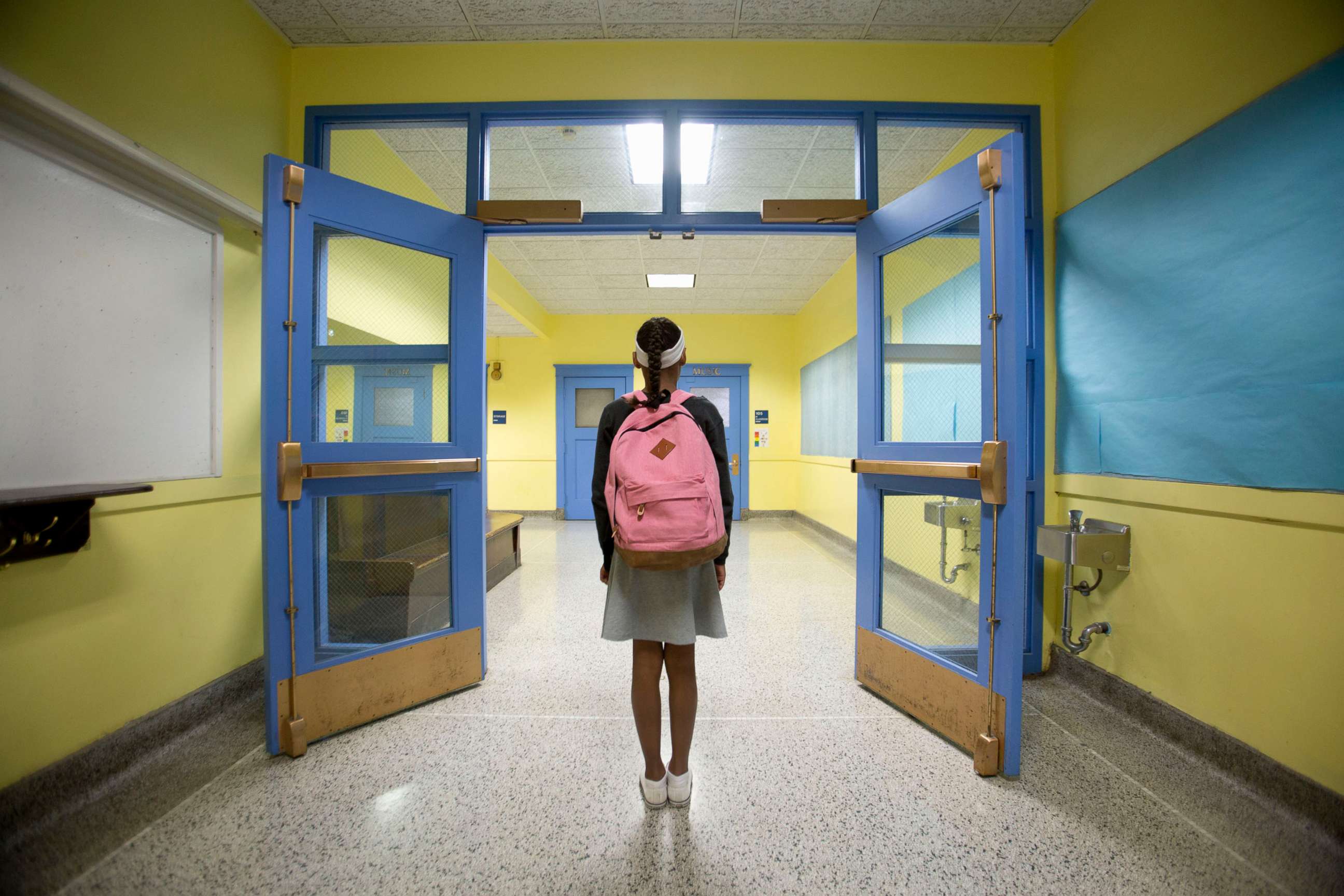Teacher vacancies more pronounced in high-poverty, high-minority schools since COVID
Since the pandemic, teacher vacancies have increased overall in U.S. schools.
Teacher vacancies in schools around the country persist after the height of the COVID-19 pandemic, according to the latest data from the National Center for Education Statistics.
However, schools with large numbers of minority students and in high-poverty areas are suffering the worst staff shortages.
About 40% of public schools with over 75% minority populations have multiple teaching vacancies, according to NCES. In comparison, 19% of schools with less than 25% minority populations are experiencing multiple vacancies.

"We asked teachers about job satisfaction where they're teaching, and how poverty schools are having a challenge in getting certified teachers," NCES commissioner Dr. Peggy G. Carr said. "The performance for the students are usually more challenging because they are dealing with a lot of other equity issues around factors that impact how well they can perform, resource issues in the school and at home. So, it's a multi-faceted problem and the minority schools are getting the brunt of it."
According to Carr, external factors students dealing with poverty experience, such as less access to technology at home, struggles with a home environment conducive to continuing their studies and higher levels of mental health issues, are affecting their performance in school. Potential teachers for these students are deterred from educating in high-poverty schools because they don't want to be saddled with the monumental task of educating students who need more attention but have less resources than their counterparts in low-poverty schools, she said and that minorities are the overwhelming majority in high-poverty schools.
Schools are trying to retain qualified teachers in high-minority, high-poverty schools through pay incentives and extra days off, but teacher vacancies in these schools are high compared to their counterparts, Carr said.
The COVID-19 pandemic set students across the nation back in their education, but those whose parents weren't able to work from home during the pandemic and give more attention to their children's studies might have experienced the the most educational setbacks.

"They are the working class and we can't survive without them, and you know they couldn't stay home and take care of their kids, like many of us could," Carr said. "We need to be able to marry these kinds of statistics to see if we can provide some cause and effect and understand the full impact of this virus on these communities."
Congress approved more than $190 billion to help students keep up their learning during the pandemic, CNN reported. School districts with higher levels of low-income students received more funds. But NCES's data shows that the money had little effect on retaining teachers in these schools.
Only 43% of high-poverty schools reported being fully staffed compared to 59% of low-poverty schools that claim to be fully staffed, according to the NCES. For high-minority and high-poverty populations who have historically suffered from inadequate educational resources, the implications are sobering.
"What if we don't get them what they need? What if we don't get them back on track?" Carr said. "What will that mean for their lives, their earning power, or for us as a country when we are not prepared to compete."




